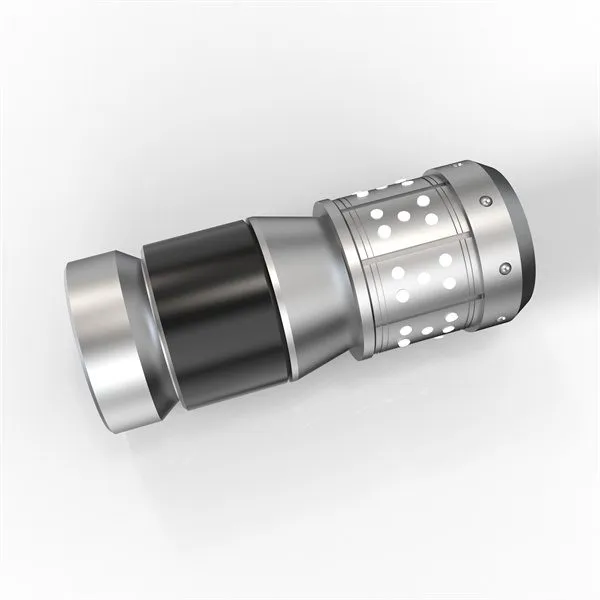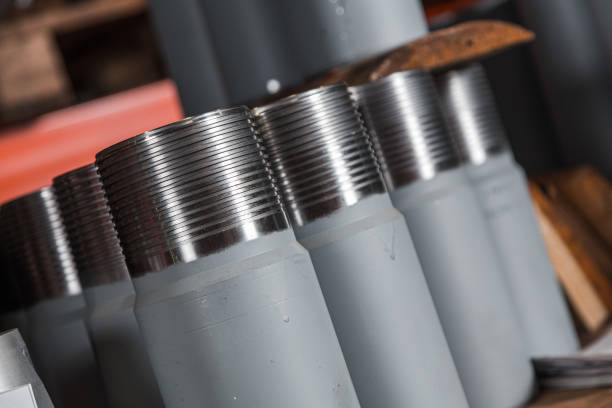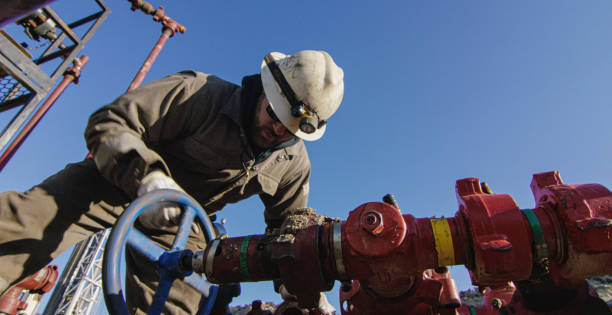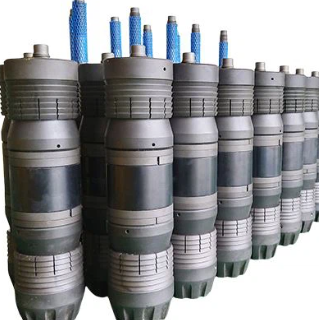Spanish
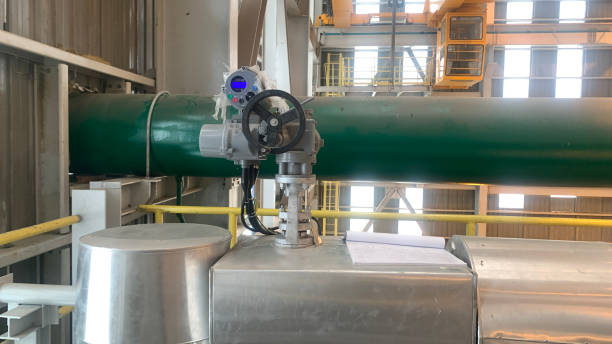
Electric Actuated Choke Valve
Precision Control for Demanding Flow Restriction

In the high-stakes environments of oil and gas production, chemical processing, and other critical industries, managing fluid flow under extreme pressure and variable conditions is paramount. At the heart of this precise control sits the Electric Actuated Choke Valve – a sophisticated marriage of robust flow restriction technology and intelligent electric automation. This article explores why this combination has become essential for modern, efficient, and safe operations requiring accurate and reliable flow regulation.
Understanding the Choke Valve Function
A choke valve is specifically engineered for one primary purpose: to restrict flow and create a significant pressure drop. Unlike isolation valves (like gate or ball valves) designed for full open/shut, or even typical control valves optimized for moderate throttling, choke valves are built to handle:
Severe Pressure Drops: Managing the transition from extremely high upstream pressures (e.g., wellhead pressures) to much lower downstream system pressures.
Abrasive or Corrosive Fluids: Commonly dealing with multiphase flow (oil, gas, water, sand), erosive slurries, or corrosive chemicals.
Critical Flow Regulation: Precisely controlling flow rates to optimize production, maintain reservoir pressure, prevent equipment damage, or ensure process stability.
Traditional choke valves were manually operated or hydraulically actuated. Electric actuation brings a new level of precision, integration, and control intelligence.
Why Automation Transforms Choke Performance
Integrating a high-performance electric actuator onto a choke valve body unlocks significant operational benefits:
- Unmatched Precision & Repeatability: Electric actuators provide extremely fine positional control. This translates directly to:
Accurate Flow & Pressure Control: Achieving and maintaining specific flow rates or downstream pressures within tight tolerances, crucial for reservoir management, process optimization, and equipment protection.
Consistent Performance: Eliminating human variability inherent in manual operation. The valve position can be precisely replicated time after time.
Fine Incremental Adjustments: Making minute changes to the choke opening to delicately tune process parameters. - Enhanced Process Automation & Integration:
Direct DCS/PLC Interface: Electric actuators seamlessly integrate with Distributed Control Systems (DCS) or Programmable Logic Controllers (PLC). They can receive 4-20mA, 0-10V, or digital signals (Modbus, Foundation Fieldbus, PROFIBUS, Ethernet/IP) for direct remote control and positioning.
Closed-Loop Control: Enables true automatic control loops where the valve position is continuously adjusted based on real-time sensor feedback (e.g., downstream pressure, flow rate).
Data Logging & Diagnostics: Smart actuators provide valuable feedback on valve position, torque, temperature, and operational status, aiding in predictive maintenance and troubleshooting. - Improved Safety & Reduced Personnel Exposure:
Remote Operation: Operators can control chokes from safe control rooms, miles away from potentially hazardous well sites or process areas (H2S, high pressure, high temperature, noise).
Fail-Safe Options: While not as inherently fail-safe as spring-return hydraulics, electric actuators can be configured with battery backup systems or supercapacitors to drive the valve to a predetermined safe position (Fail-As-Is, Fail-Last, or sometimes Fail-Closed/Open with specific gear trains) upon power or signal loss.
Emergency Shutdown (ESD) Integration: Can be directly tied into ESD systems for rapid closure or opening based on safety triggers. - Operational Efficiency & Cost Savings:
Faster Response Times: Electric actuators typically offer quicker stroking times compared to hydraulic systems requiring fluid transmission, enabling faster process adjustments.
Reduced Infrastructure: Eliminates the need for complex hydraulic power units (HPUs), fluid reservoirs, pumps, and leak-prone hydraulic lines. Only power and signal cables are required.
Lower Maintenance: Electric actuators generally require less routine maintenance than hydraulic systems (no fluid changes, filter replacements, or concerns about leaks). Diagnostics also help target maintenance effectively.
Energy Efficiency: Only consume significant power when moving. Hydraulic systems often require continuous pump operation. - Environmental Benefits: Removal of hydraulic oil eliminates the risk of environmentally damaging fluid leaks at the valve site.
Core Components: Anatomy of an Electric Actuated Choke Valve
- Choke Valve Body:
Materials: Forged or cast high-grade alloys (e.g., F22, F316, F51 Duplex, F53 Super Duplex, Inconel, Monel) to withstand high pressure, erosion, and corrosion. Compliant with standards like API 6A (Wellhead), API 17D (Subsea), or ASME B16.34.
Trim Design: Critical for handling erosion. Common configurations:
Positive Choke (Cage-Type): Features multiple small orifices or tortuous paths within a cage surrounding the plug. Offers excellent erosion resistance, precise control, and reduced noise/vibration. Most common for electric actuation.
Adjustable Choke (Needle & Seat): A tapered needle moving into a matching seat. Simpler design but potentially more susceptible to erosion at the seat edge in severe services. Still used effectively in some applications.
Pressure Rating: Typically API 5000 psi, 10,000 psi, 15,000 psi, or 20,000 psi (or ANSI Classes 2500, 4500, etc.).
Connection: Flanged (ASME B16.5, API 6A), welded, or clamp connections. - Electric Actuator:
Motor: High-torque, reversible electric motor (often brushless DC or AC induction), potentially with thermal protection.
Gear Train: Reduces motor speed and significantly increases output torque to move the valve stem against high differential pressures. Planetary gears are common for robustness and efficiency.
Controller/Positioner: The “brain”. Receives control signals, drives the motor, monitors position (via potentiometer, encoder, or Hall effect sensors), and provides feedback. Smart versions include microprocessor-based controls with communication protocols.
Limit Switches: Electromechanical or proximity sensors defining fully open and closed positions.
Torque Sensing: Monitors output torque to detect stalling (e.g., due to jamming or end-of-travel) and protect the actuator and valve.
Manual Override: Allows manual operation via handwheel in case of power failure (essential for critical services).
Housing: Robust, weatherproof, and often explosion-proof (ATEX, IECEx) or intrinsically safe for hazardous areas. High IP ratings (IP66/IP67/IP68) for dust and water ingress protection.


